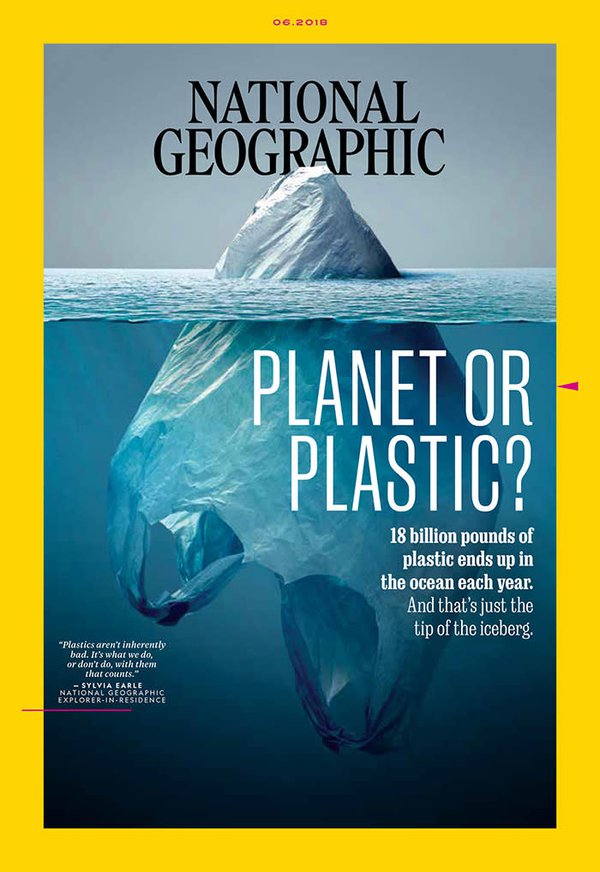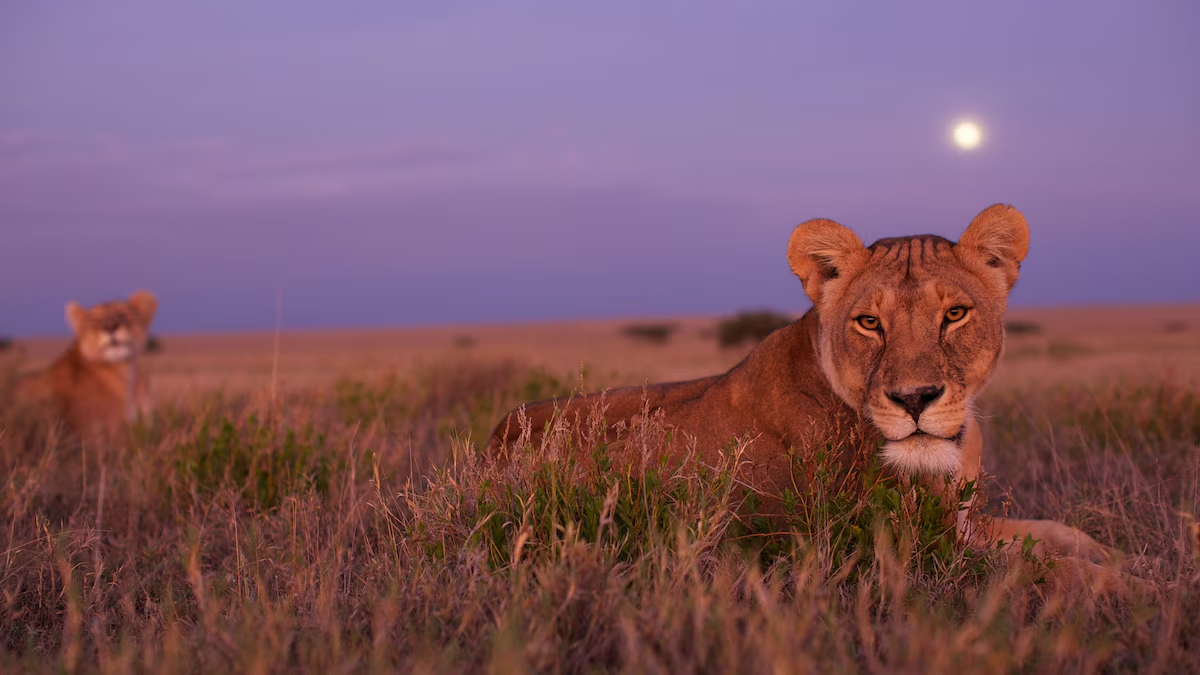Lets Collaborate and Communicate!
By Gabriella Lembo
Background Information:
After reading the Communicators chapter in the book “Introduction to Sail the 7 C’s” by Microsoft Education, it allows you to deeper think about you collaborate and communicate with others in work, classrooms, and everyday life.
Communicating in the classroom:
Teaching isn’t just about lecturing slideshows, but building a strong connection with your students should be the bare minimum especially in small class sizes. I have had teachers where I was so close with that I would sit in their classroom outside of my class talking to them. This is because they made the effort to connect and build a relationship with their students.I would go to some teachers to rant, update, or even for advice. Teachers shouldn’t just be about teaching but also taking on the role of being a trusted and friendly adult. We have all had teachers we have disliked, whether it be because of the workload, their personality, or how they graded. Having a relationship like this and dreading the class can make you dislike the class or topic you’re learning. For example, math has always been my worst subject. It takes me awhile to catch on and also be able to understand it. I have had plenty of teachers throughout middle school and high school where the way they taught never made me understand what we were learning. It made me hate math even more that I felt uncomfortable reaching out to them to ask for help or that I was struggling. I have also had good math teachers where they taught to my needs and also made it clear they were here for me and anyone else. Communicating to your students clear instruction and also making an effort for them can be extremely beneficial in their learning experience. This chapter empathizes that communication is the backbone in education.
Communicating with your classmates:
Communicating with your classmates is a really big part of going to school. School has made me have a lot of the people I call my best friends. It all started in classes we had together where we began talking about the work and realizing we had a lot in common. One of my best friends, Alivia, I met junior year of high school because we had 3 classes together is now one of my college room mates. Communicating with your peers can simply just collaborate ideas, opinions, and working together on classwork and projects. I like working together with others because it allows me to see other perspectives and ideas that I would not have thought of myself. It also helps with the workload, you can evenly distribute the work and work on the areas you excel the best at.

” The art of communication is the language of leadership.” – James Humes
Videos:
Check these videos I found about communicating in classrooms and also miscommunication
How to use communication in classroom: https://www.youtube.com/watch?v=hzWyjlg4kNs
How miscommunication happens and how to avoid it: https://www.youtube.com/watch?v=gCfzeONu3Mo
National Geographic Classroom and How to Use it!
By Gabriella Lembo
What is National Geographic?
National Geographic is a company that is on many streaming services and cable for you to watch. Not only are there videos beautifully captured with high tech camera, editing, and voice overs to learn more about the environment that we can’t see! It shows in depth footage of animals that are “dangerous” for humans to get a better understanding of like lions, cheetahs, polar bears, etc. National geographic provides not only videos but also articles and factual evidence to prove issues like climate change and other environmental issues.
Benefits of National Geographic:
- Learning deeper into planets biodiversity
- Practicing conservation
- Challenges the environment faces
- Motivating clips
- Taking action
- Learning more about different parts of the world
- Documentaries
- Diverse cultures
- Scientific discoveries
- Complex topics
How teachers can use National Geographic:
National geographic is great for informing people inside and out side the classroom. Because the documentaries are so interesting it doesn’t feel like learning! This program offers a lot of interactive learning and critical thinking. Teachers can base a lesson plan on National Geographic during units like the planet, climate, animals, and environmental issues.
What it offers:
The website holds tons of informative features to further expand your knowledge.It offers donations, links, websites, and other people who are interested in changing the world. The website has a whole area where you can meet and know more about the people who do the exploring. They have a section on their website, ” Experiential Learning”, where they have virtual field trips, and interactive lives. This includes behind the scenes footage and stories and also stories from researchers.
There is tons of lengthy videos and information for free!
The virtual tours are all over the world. They have tours of the ocean, solar system, Native Americans, and history.
The lives provide a option for students to ask questions in real time and have the opportunity to talk to the researchers. This is a unique and creative learning experience!
Below are some images I have collected to show more about National Geographic:



Overall thoughts:
After researching and exploring National Geographic website further I can see how effective their website can be for learners. They are very well known for their documentaries and photos but I don’t think people realize how many resources they provide on their website. They provide endless websites, lives, and videos. I can see this being beneficial for people who have interest in the environment or being used in science classes. It is a interesting and a easy way to learn! Watching videos is something I enjoy more than reading out of a textbook. I am sharing this so others can know more about the resources National Geographic has to offer. Get more involved and learn more about our planet!